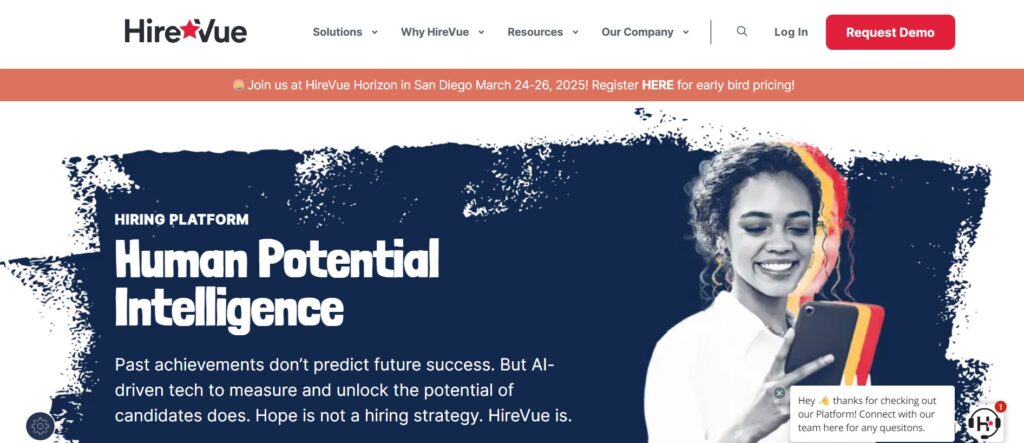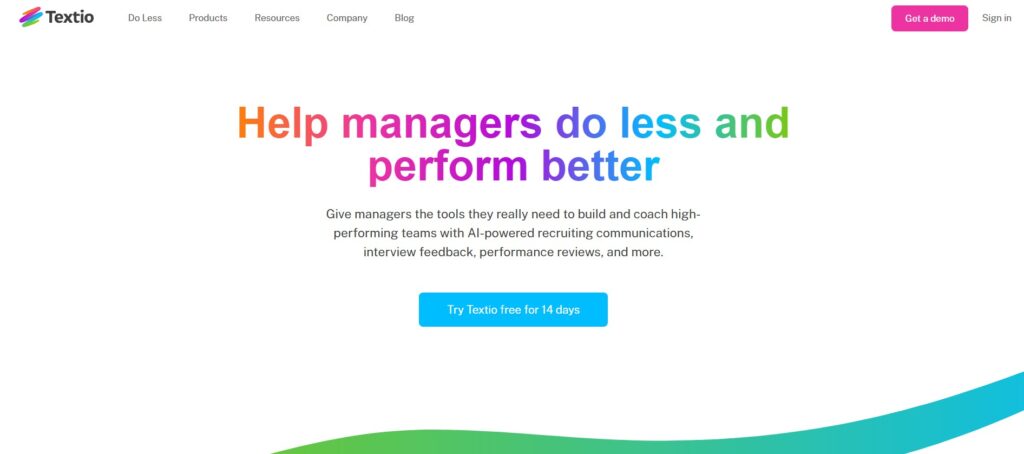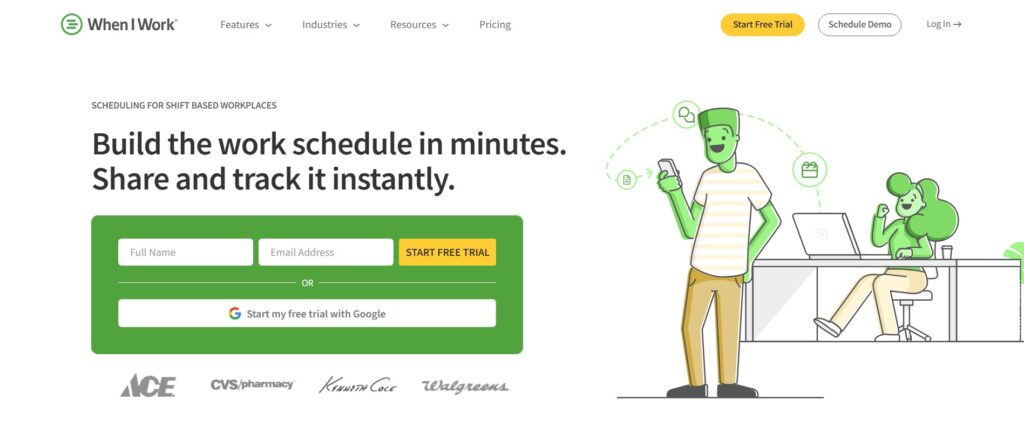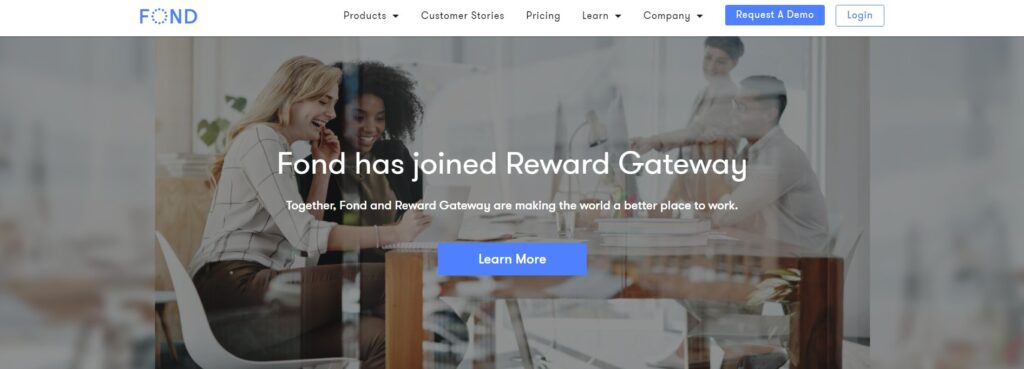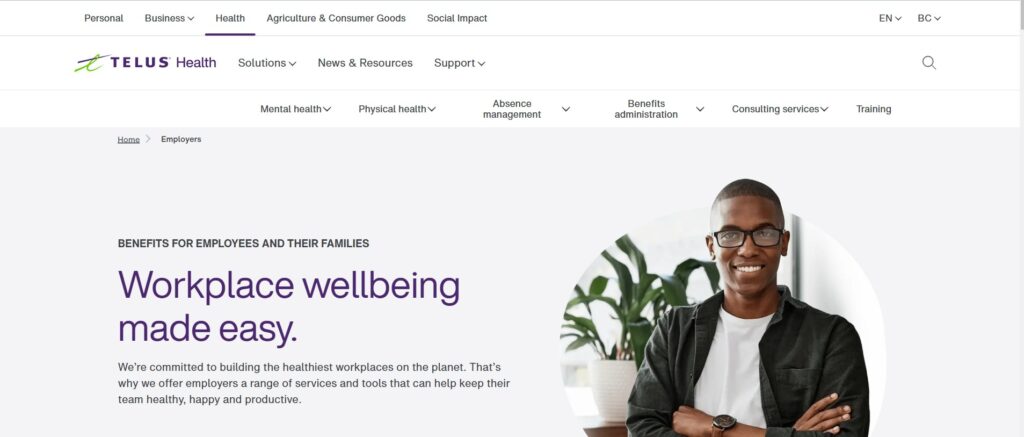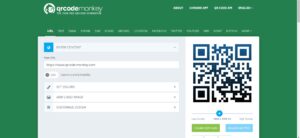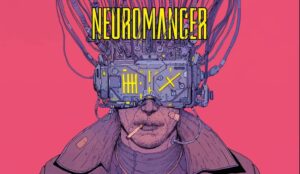AI use cases in Talent Acquisition
AI Use Cases in Talent Acquisition, Management, and Retention
Artificial Intelligence (AI) has become a transformative tool in talent acquisition, management, and retention. By automating routine tasks, analyzing large datasets, and providing predictive insights, AI helps HR teams streamline hiring processes, enhance employee management, and develop strategies to retain top talent. Here’s an in-depth look at how AI is reshaping each of these areas, including specific tools and technologies that exemplify these applications.
AI in Talent Acquisition
AI-driven tools and techniques are widely used in recruitment to help organizations attract, evaluate, and hire top talent more efficiently. Here are some key use cases in talent acquisition:
Automated Resume Screening
Example Tool: HireVue, Pymetrics
AI-powered resume screening tools like HireVue and Pymetrics help HR teams sift through large volumes of applications quickly and accurately. These tools analyze keywords, qualifications, and experience to shortlist candidates who best fit the job description, reducing time-to-hire and allowing recruiters to focus on top candidates.
2. Chatbots for Candidate Engagement
Example Tool: Olivia by Paradox
AI-powered chatbots such as Olivia engage with candidates by answering questions about the role, guiding them through the application process, and conducting preliminary screening interviews. This helps maintain a high level of engagement and provides a consistent experience for candidates throughout the recruitment process.
3. Predictive Analytics for Candidate Success
Example Tool: Eightfold.ai
Using historical data, platforms like Eightfold.ai can assess which candidates are more likely to succeed and stay long-term with the organization. By analyzing factors such as prior job performance, educational background, and skills, AI can help recruiters make data-driven decisions and identify high-potential candidates.
4. Diversity and Bias Reduction
Example Tool: Textio
Tools like Textio are designed to help reduce hiring bias by analyzing job descriptions and suggesting changes to language that could lead to unconscious bias. By focusing on inclusive language and promoting diversity, these tools help organizations attract a broader range of candidates.
5. Video Interview Analysis
Example Tool: HireVue
Some platforms like HireVue offer AI-driven analysis of video interviews, assessing candidates based on facial expressions, tone of voice, and other non-verbal cues. These tools provide insights into a candidate’s emotional intelligence, communication skills, and cultural fit, allowing recruiters to make more informed hiring decisions.
AI in Talent Management
Once employees are onboarded, AI tools play a pivotal role in managing their growth, performance, and overall experience within the organization. Key AI applications in talent management include:
- Personalized Learning and Development (L&D)
Example Tool: LinkedIn Learning, Pluralsight
AI-powered platforms like LinkedIn Learning and Pluralsight analyze employee data to recommend personalized learning paths and development programs. By identifying skills gaps and matching them with tailored learning resources, these platforms support continuous learning and skill enhancement, increasing job satisfaction and productivity.
2. Employee Performance Analytics
Example Tool: Lattice, Betterworks
AI-driven performance management systems such as Lattice and Betterworks can track employee performance using a wide range of metrics, offering insights into strengths, areas for improvement, and progress over time. These tools provide real-time feedback, allowing managers to support employees’ growth and address challenges before they escalate.
3. Succession Planning and Career Pathing
Example Tool: SuccessFactors
AI can help identify high-potential employees for leadership positions using tools like SAP SuccessFactors. By analyzing employees’ skills, experiences, and performance history, these platforms suggest potential career paths and create succession plans that align with organizational goals, helping companies retain and nurture their talent for future roles.
4. Workforce Sentiment Analysis
Example Tool: Glint
AI-driven sentiment analysis tools like Glint monitor employee engagement and morale through text analysis of surveys, feedback forms, or even internal communications. By identifying underlying issues, such as dissatisfaction or disengagement, companies can take proactive steps to address employee concerns and improve workplace culture.
5. Smart Scheduling and Task Allocation
Example Tool: When I Work, Deputy
For roles with variable workloads, AI tools like When I Work and Deputy can automate scheduling and assign tasks based on employees’ skills, availability, and past performance. This optimizes productivity and minimizes burnout, while allowing managers to make more strategic decisions about workforce allocation.
AI in Talent Retention
AI can also play a vital role in predicting turnover and identifying strategies to retain employees. By analyzing various data points, AI tools provide insights that can help companies retain their top talent.
Predictive Turnover Analysis
Example Tool: IBM Watson Talent
AI algorithms in platforms like IBM Watson Talent identify patterns associated with high turnover rates, such as low engagement and frequent absenteeism. Predictive models can assess the likelihood of individual employees leaving and flag potential issues, enabling HR teams to take preventive measures, such as role changes or targeted development opportunities.Personalized Benefits and Rewards
Example Tool: Fond, Reward Gateway
Using data on employee preferences and performance, AI systems like Fond and Reward Gateway can tailor rewards and benefits programs to individual needs. For instance, some employees may value flexible work hours, while others prioritize professional development. Personalized rewards improve employee satisfaction and loyalty.
3. Engagement Enhancement through Pulse Surveys
Example Tool: TinyPulse, Officevibe
AI-enabled pulse survey tools like TinyPulse and Officevibe gauge employee satisfaction and uncover areas for improvement. These surveys are short and frequent, allowing organizations to get real-time feedback on the employee experience. AI analyzes this feedback to detect trends and suggests actionable steps to improve retention.
4. Career Development and Internal Mobility
Example Tool: Gloat, Fuel50
AI can suggest potential lateral or upward moves within the organization using platforms like Gloat and Fuel50. These tools analyze employee skill sets, performance, and career goals to foster internal mobility, which increases retention rates by showing staff that there are growth opportunities within the company.
5. Wellbeing and Burnout Prediction
Example Tool: LifeWorks, Microsoft Viva Insights
AI tools like LifeWorks and Microsoft Viva Insights track indicators of employee wellbeing, such as workload, stress levels, and time-off patterns, to predict burnout. By identifying at-risk employees, HR teams can take proactive steps to support mental and physical health, such as adjusting workloads or offering wellness resources.
FAQs
How does AI help in talent acquisition?
AI streamlines the recruitment process by automating tasks like resume screening, candidate engagement, and predictive analytics, allowing recruiters to focus on engaging top candidates.Can AI reduce hiring bias?
Yes, many AI tools, such as Textio, are designed to minimize unconscious bias by analyzing job descriptions and focusing on skill-based assessments, though they must be carefully monitored to avoid perpetuating existing biases in the data.How does AI support employee retention?
AI identifies patterns that indicate potential turnover, enabling organizations to address retention proactively. Additionally, AI-driven sentiment analysis and personalized rewards improve employee satisfaction and loyalty.What is the role of AI in employee development?
AI personalizes learning paths based on individual skill gaps and career goals, helping employees progress within the organization and feel more engaged in their roles.Are there risks associated with using AI in HR?
While AI can greatly enhance HR processes, risks include potential bias in algorithms, data privacy concerns, and over-reliance on automated systems. Therefore, organizations must ensure transparency and fairness in AI applications.
Conclusion
The integration of AI into talent acquisition, management, and retention processes offers organizations a competitive advantage by enhancing efficiency and improving employee satisfaction.
By leveraging AI technologies, companies can not only optimize their hiring processes but also foster a supportive work environment that promotes growth, engagement, and retention of their workforce. As AI continues to evolve, its role in HR will only grow, shaping the future of work in meaningful ways.

